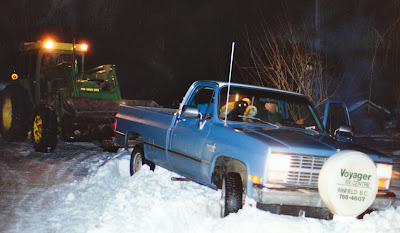I have been doing some research into the temperature and precipitation fluctuations in the Shuswap since my great grand parent's arrival here in 1938. All the photographs and the letters over the early years on the farm made it clear that there was lots of snow and it was cold enough that the lake froze over.
My house sits where my great grandparent's house once stood thus I gaze out onto the same view of the lake that they had all those years ago. It is not frozen, and has not been frozen for many years now.
Through the weather archives I discovered that the first winter that my great-grandparents endured on the farm, alone, without the youthful support of their grandson, the temperatures were consistently well below zero, and as cold as -24. A total of 225.8 cm. of snow fell that winter, lasting well into March. The snow probably didn't melt until late spring.
The long cold winters on the Ranch are in the past. Climate change is very evident in at least the last 10 years. The last winter we remember the lake freezing was in 1991. We were living in the Atwater cabin which was built directly on the water. Our neighbors skated over the 2 km. of shoreline between our houses to visit us.
1991 - the view from the Atwater Cabin. Before the lake freezes a mist forms above the water.
We started to move back and forth to the Ranch in 1990, moving here permanently in 1993. In 1993 my parents were about 10 years younger than my great-grandparents were when they bought the farm and were the lone pioneers for a year. It was evident in the years that followed our move to the farm that there are tasks that are best done by a younger person, which is a problem throughout agriculture where the average age of a farmer is 57.
The winter of 1991 also brought record snow falls. Brent is up on my parent's roof removing some of the accumulated snow. This is a good example of a job best done by a younger person.
























No comments:
Post a Comment